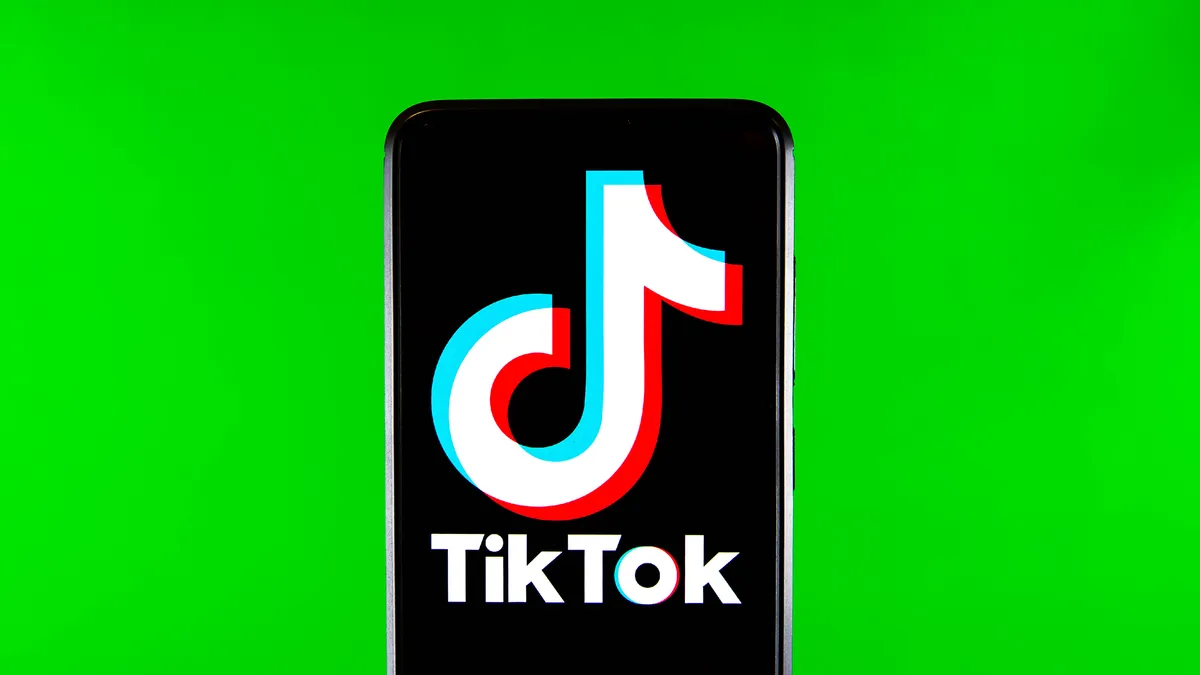shopify tiktok shopping

The combination of Shopify and TikTok Shopping has opened up a new e-commerce sales channel for merchants, especially in the field of cross-border e-commerce. The following is a detailed analysis of this cooperation:
1. Overview of Shopify
Shopify is a comprehensive SaaS e-commerce service platform that aims to provide e-commerce sellers with technical support and templates for online store building, as well as omni-channel marketing, sales, payment and logistics management services. Merchants only need an email and a credit card to quickly create their own store on Shopify and use its comprehensive services to focus on core sales business. Shopify is favored by millions of merchants around the world for its ease of use, flexibility and scalability.
2. Overview of TikTok Shopping
TikTok Shopping is a way for users to purchase products directly in the app provided by TikTok (TikTok International Edition) without opening a browser to visit an independent e-commerce website. Through short videos, live broadcasts and product displays, TikTok Shopping can accurately match products with potential consumers, thereby improving purchase conversion rates. With the increasing number of TikTok users, TikTok Shopping has become an emerging market for cross-border e-commerce.
3. Integration of Shopify and TikTok Shopping
Seamless connection:
The cooperation between Shopify and TikTok enables merchants to connect to TikTok Shopping in the Shopify backend with one click and synchronize product information to TikTok stores. This move significantly simplifies the operation process of cross-border e-commerce sellers and improves operational efficiency.
Traffic advantage:
TikTok has a huge user base and high engagement, providing merchants with huge potential purchasing power. Merchants can attract user attention and promote sales through short videos and live broadcasts on the TikTok platform.
Precision marketing:
With TikTok's personalized algorithm, merchants can accurately match products with potential consumers and achieve a "goods find people" shopping experience. This helps to improve advertising effectiveness and reduce marketing costs.
Multi-channel sales:
Merchants can open stores on TikTok Shopping and promote and sell products through short videos and live broadcasts. At the same time, merchants can also direct TikTok traffic to Shopify stores to achieve multi-channel sales.
Data analysis and optimization:
Both Shopify and TikTok provide rich data analysis tools to help merchants understand user behavior and product sales. Merchants can optimize products and marketing strategies based on these data to improve sales results.
IV. Operational suggestions
Understand platform rules:
Before entering TikTok Shopping, merchants should understand the platform's entry and operation rules in detail to ensure compliance.
Optimize product strategy:
According to the characteristics of TikTok users and market demand, adjust product strategies and provide products that meet user needs.
Focus on content marketing:
Use TikTok's short videos and live broadcasts to create interesting and attractive content to attract user attention and promote sales.
Multi-channel sales:
In addition to TikTok Shopping, merchants can also consider synchronizing products to other e-commerce platforms or social media to achieve multi-channel sales.
Data analysis and adjustment:
Regularly analyze sales data, understand user behavior and product sales, and adjust products and marketing strategies based on the analysis results.
In summary, the combination of Shopify and TikTok Shopping provides merchants with a new e-commerce sales channel, which helps to improve sales results and expand market share. However, merchants also need to pay attention to issues such as compliance operations, optimization of product strategies and content marketing during the operation process.
